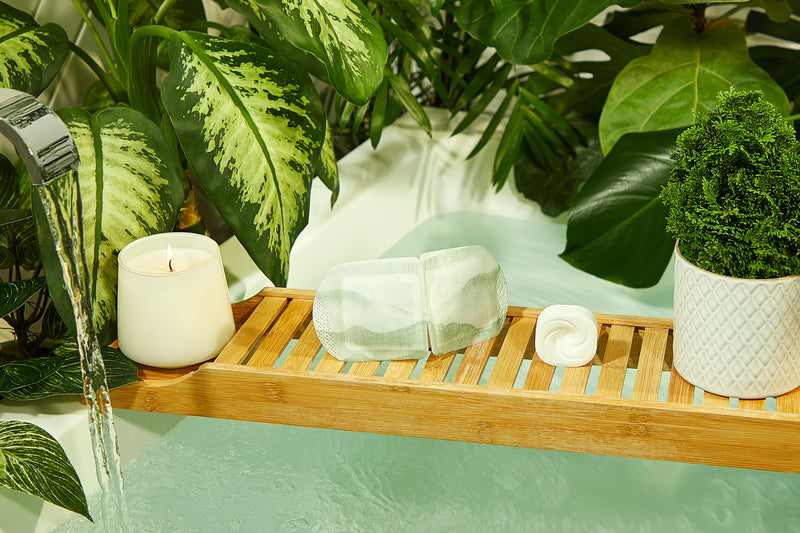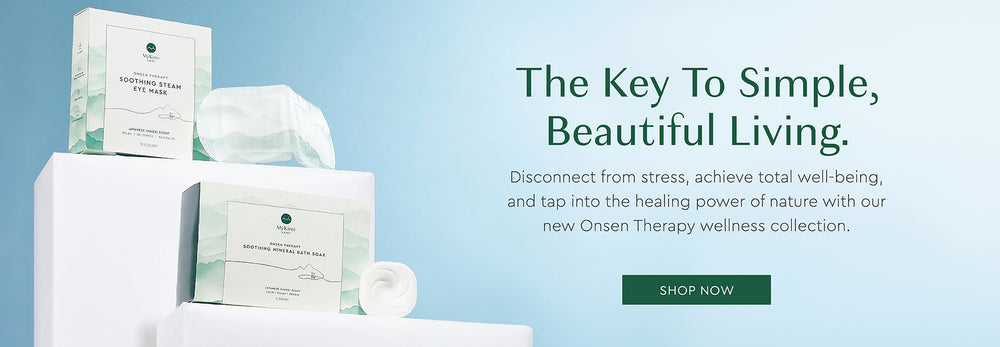HOW TO DETANGLE HAIR LIKE A PRO
Oh, what a tangled web we weave when we’re overzealous with our combing and brushing techniques. To unfurl hair gently and avoid knots in the first place, follow these tried-and-true expert tips.

Few hair scenarios can test your patience quite like trying to undo stubborn tangles. In addition to raising your stress level, aggressive combing and brushing can damage and break delicate strands. That said, you can’t ignore tangles, or they’ll just get worse. The key is to take your time and adopt a detangling routine that’s both effective and kind to hair.
What causes hair to tangle?
"How prone hair is to tangles depends on the texture, thickness, and whether the cuticles are raised or smooth," says hairstylist Stephen Thevenot of the David Mallet Salon in New York City. "Thick, straight hair that hasn’t been colored is less likely to knot because the cuticles are mostly flat, so there’s little friction between strands," says Thevenot. "Fine strands, on the other hand—whether curly or straight—are more inclined to catch around each other, and color-treated hair may snarl more easily since the dyeing process raises up the cuticles."
How do you prevent hair from tangling?
While there’s no one-comb-fits-all approach, a few easy steps both in and out of the shower can make all the difference. Remember, hair is as delicate as a silk scarf, so treat it with care and avoid pulling and tugging on it at all costs, which weakens strands and can cause split ends.
Here are simple tips for shiny, happy, knot-free hair:
1. Brush before you shower
Hopping straight into the shower before brushing is a recipe for disaster, "because once hair gets wet, it’s much harder to work through any knots," says Thevenot. (Not to mention, wet hair snaps more easily during brushing or combing.) So, take a moment to brush through your hair pre-shower, ideally with a boar-bristle brush, "which are softer on the hair than plastic or metal ones, so they’re gentler on tangles," he says.
2. Start by brushing the ends of hair and work your way up
While it sounds counterintuitive, "the ends are the most fragile part of your hair because it’s the section that’s been around the longest, so it’s had repeated exposure to brushing, hot tools, hair dye, and more," explains Thevenot. "That’s why ends are more prone to knotting, so by brushing them first and working your way up, you’ll use less force on the weakest part of hair." If you come upon a snag, use slow, gentle, outward scooping motions with your brush or comb rather than tugging straight down through the hair, which can stretch and snap the strands.


3. Use a moisturizing shampoo and conditioner
Unless you have very fine or oily hair, choose hydrating shampoo and conditioner, which will help smooth the cuticles. "Hair that’s well moisturized is less inclined to tangle," says Thevenot.
MyKirei by KAO Nourishing Shampoo and Conditioner moisturize without heavy emollients that can weigh down hair. Each formula contains camellia oil, an extract of the Tsubaki flower (and a centuries-long Japanese beauty secret) rich in natural oils, proteins, and glycerides that can make hair strong and healthy, which helps hair resist knots and breakage during brushing and combing. The shampoo and conditioner are also infused with rice water, which can help smooth hair so it’s easier to detangle. (Want to try both of the MyKirei by KAO hair care products and save? Bundle the Nourishing Shampoo and Nourishing Conditioner together - plus the Nourishing Shampoo Refill and Nourishing Conditioner Refill)!
4. Comb through hair after you condition it
Once you’ve applied your conditioner, run a wide-toothed comb through your hair. The formula coats hair so the comb glides right through it without any friction, and the wide spacing of the prongs separates strands so hair is less likely to tangle when rinsing out conditioner.
5. Pat, don’t rub wet hair with a towel
Don’t undo detangling efforts by vigorously rubbing your head with a towel after a shower, which encourages snags. "Instead, blot or gently squeeze sections of hair with your towel to stop drips," says Thevenot. "If your hair is prone to knots, try using a microfiber towel or an old t-shirt instead, since nubby terrycloth can rough up the cuticles and catch on the ends of hair, causing tangles."
6. Prevent tangling while you sleep
Tossing and turning throughout the night on cotton fabrics can rough up cuticles and twist strands together. "A silk or satin pillowcase, on the other hand, has more slip, so hair glides over it and is less likely to tangle," says Thevenot. And, if you have long hair, he also suggests gathering it into a loose braid or bun to keep strands in place while you sleep, so they’re less likely to get tangled up.




